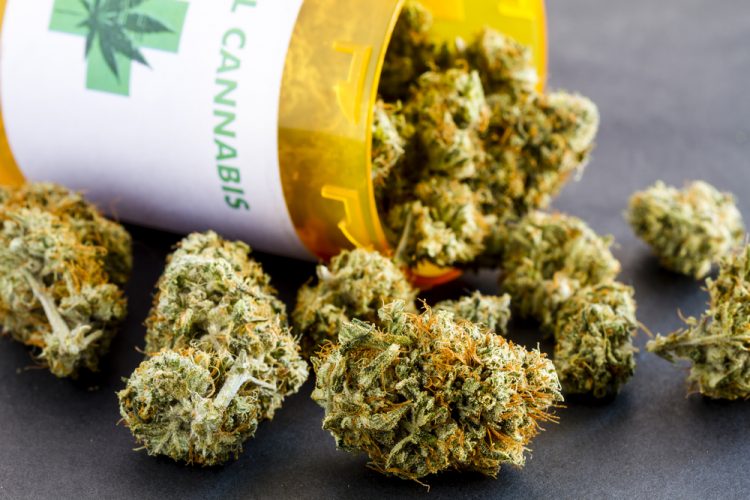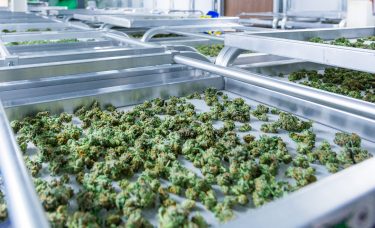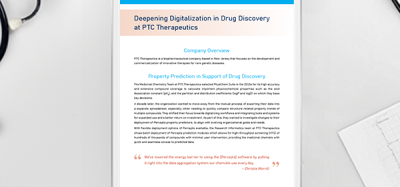Over 90 percent of medical marijuana in US contains high levels of THC, study finds
Posted: 27 March 2020 | Victoria Rees (European Pharmaceutical Review) | No comments yet
A study conducted in the US has revealed that the majority of medical marijuana dispensed in the US has THC levels of up to 15 percent.


According to new research, more than 90 percent of the legal marijuana products offered in medical dispensaries in the US are much stronger than what clinical studies have shown doctors recommend for chronic pain relief.
“We know that high-potency products should not have a place in the medical realm because of the high risk of developing cannabis-use disorders, which are related to exposure to high tetrahydrocannabinol (THC) content products,” said the study’s lead author, Dr Alfonso Edgar Romero-Sandoval, associate professor of anaesthesiology at Wake Forest School of Medicine, part of Wake Forest Baptist Health, US. “Several earlier studies showed that levels of up to 5 percent THC – the main psychoactive compound in marijuana that provides pain relief as well as intoxication – were sufficient to reduce chronic pain with minimal side effects.”
The goal of this study was to evaluate the advertised THC and cannabidiol (CBD) content of legal cannabis products to determine their suitability for medicinal use and compare the potency of the products offered in medical and recreational programs.
The researchers recorded the concentrations of THC and CBD – the non-euphoric compound in marijuana – in all plant cannabis products provided by legal dispensary websites and compared them between or within the states in the study: California, Colorado, Maine, Massachusetts, New Hampshire, New Mexico, Rhode Island, Vermont and Washington. A total of 8,505 cannabis products across 653 dispensaries were sampled.


According to the researchers, this is problematic because between 60 percent and 80 percent of patients who use medical marijuana use it for pain relief. The higher the concentration of THC, the greater risk – not only for developing dependency, but also for developing tolerance more quickly, which means higher and higher concentrations might be needed to get the same level of pain relief.
“Better regulation of the potency of medical marijuana products is critical. The US Food and Drug Administration (FDA) regulates the level of over-the-counter pain medications such as ibuprofen that have dose-specific side effects, so why don’t we have policies and regulations for cannabis, something that is far more dangerous?” asked Romero-Sandoval.
He concluded that this study provides the scientific evidence to help policy makers correct mistakes and to create a better framework to protect patients.
The study was published in PLOS ONE.
Related topics
Cannabinoids, Formulation, Ingredients, Medical Marijuana, QA/QC
Related organisations
US Food and Drug Administration (FDA), Wake Forest Baptist Health









